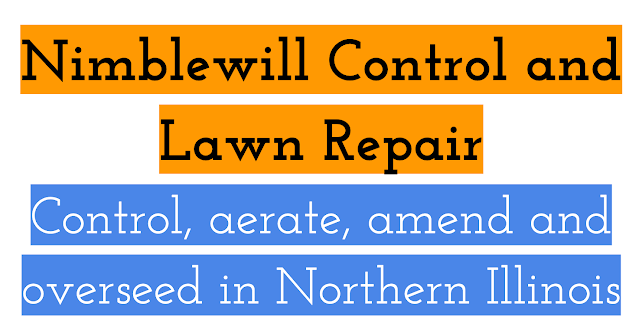More Wild Onion In Lawn Removal - April 2023

Last week, I posted a couple of photos showing the 'clumps' of Wild Onions (and their surrounding turf) that I've been digging out of the yard . Over the years, I've found that the ONLY way to remove these things are to dig them up. I've taken different approaches over the years in terms of how much soil I 'take' vs what I 'put back'. This year, I'm trialing a new way to remove the Wild Onions by digging out and NOT pulling the bulbs. In previous years, I'd use a shovel to dig out a clump that included grass. Then, I'd sort of 'tear' the clump apart to try to release the bulbs. And, then...I'd put the clump with the grass on top back in place. This year, I'm taking the turf, too. In an attempt to not leave any bulbs behind. My thought is that the lawn will spread out and fill these spots in this Summer. I'm also NOT composting these - instead...just tossing them directly in our garbage can. B...


















